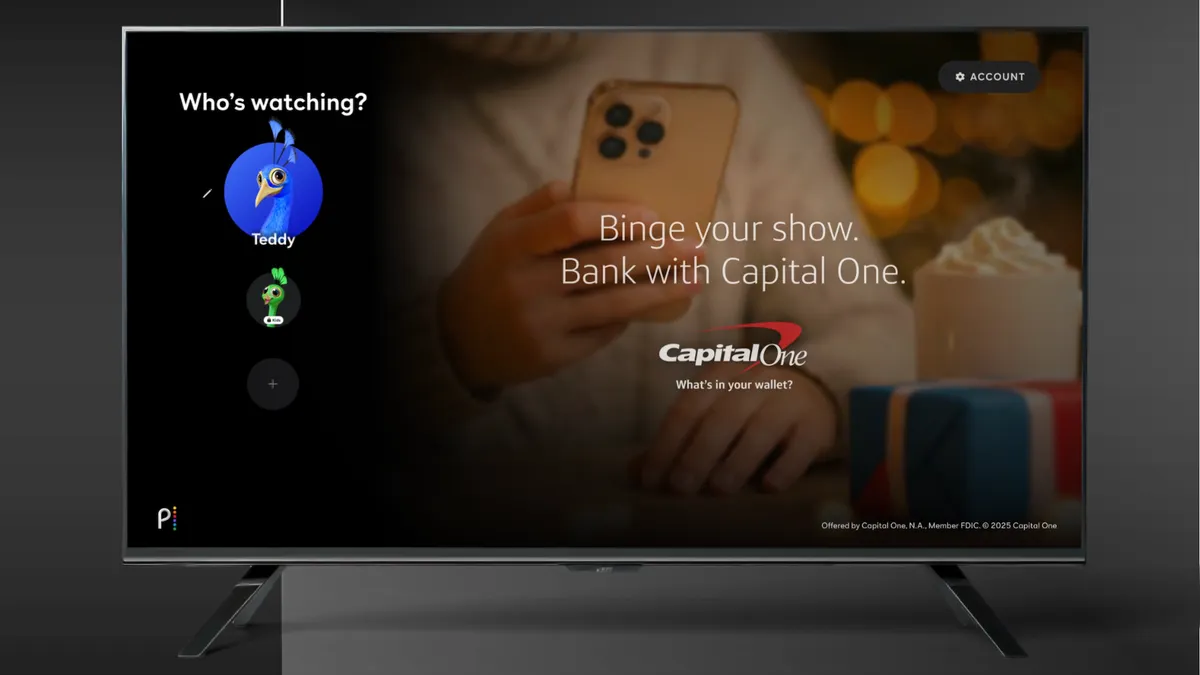Adobe today (Aug. 19) is expanding its Real-Time Customer Data Platform (CDP) Collaboration with new tools and capabilities intended to help brands connect and collaborate with other brands in a way that opens up opportunities for engagement throughout the customer journey, from acquisition to loyalty. In addition, the offering can help brands get more out of first-party data and generate richer insights about consumers.
Adobe's Real-Time CDP Collaboration offering has been used by Major League Baseball (MLB), which manages first-party data for the league and supplies data sets to all 30 clubs. A longtime Adobe partner, MLB piloted the offering alongside brands including The Coca-Cola Company, agencies including GroupM’s Wavemaker and publishers including Warner Bros. Discovery.
“If I collaborate with another brand, I might get more data points … around who someone is, what their interests are, what they might have coming up, and ultimately, how we could better engage with them,” said Ryan Fleisch, senior director of product marketing for Adobe Real-Time CDP. “That's really where I think the aperture has been open: to get more extensibility out of first-party data, but then have that truly connected to how you're managing your centralized look [at] your customers.”
Evolving data needs
To meet the marketing industry’s increased needs around first-party data, Adobe first made its Real-Time CDP Collaboration offering generally available to clients in February. At launch, the platform was pitched as a way to break down siloes and help brands, agencies and publishers better partner for first-party data collaborations.
The development of the Collaboration offering and its integration into Adobe Real-Time CDP followed feedback from brands and the evolution of the market. Since their introduction over a decade ago, CDPs had promised to break down data siloes, build first-party data strategies and provide a single view of a customer.
“Where we're at now, a lot of brands are still asking, ‘How do I actually fill the top of my funnel? How do I think about my acquisition efforts and connect them to my own engagement, my own loyalty?’ Oftentimes, there are other systems that need to get introduced that serve those areas,” Fleisch said. “That’s fundamentally opposed to what CDP set out to do.”
New use cases
The wider launch of Adobe Real-Time CDP Collaboration has opened further opportunities and use cases, leading to the roll out of the new brand-to-brand tools. The goal is to move from a brand-specific view of a customer to understanding other slices of that customer's life through data collaborations that enable marketers to deepen their understanding of an individual.
For example, MLB could work with a consumer packaged goods marketer to tailor the brand’s campaign to a fan’s favorite team, making the effort more relevant, and possibly more effective, for both consumer and brand.
“As the CDP has evolved to not only sustain [data use] on a team-to-fan level and a club-to-league level, we've started thinking about our data as something that can enhance some of the broader partnerships that we have at the league level,” said Will Edmondson, vice president of strategy and insights at MLB.
MLB is also looking at ways to add more moments of surprise and delight to its Ballpark app and to help teams automate processes around customer retention. Plus, the league is exploring data collaboration beyond its own marketing and advertising level and seeking opportunities to collaborate with community and national partners, like Rawlings, that can help grow the sport’s fan base with younger players.
“The opportunity to use the tools that we've already [done] so much work on in the Adobe stack, look externally and partner with some of our national brands is extremely compelling, and we're trying to pursue it as quickly as possible,” Edmondson said.
Adobe’s newly announced features deepen the toolbox of brands using the data platform. The tools include bi-direction connections between Real-Time CDP and Collaboration, giving full-funnel options across paid and owned media destinations.
Brands will now be able to send private connection requests to other Adobe customers to discover and activate new audiences and can use audience index scoring to identify the best audiences to reach based on campaign objectives. The platform this month will roll out support for new first-party match keys, taking in phone numbers and IP addresses, not just hashed email addresses, to increase data match rates.
“Enabling marketing conversations, personalization and other elements of digital communication, centrally, with all those different permutations, has been, traditionally, very challenging,” said Edmondson. “Adobe's tools really help us enable that type of fan-level personalization that people expect.”
Correction: This article has been updated to specify how Major League Baseball has been using Adobe's data collaboration platform ahead of new features being introduced.




















